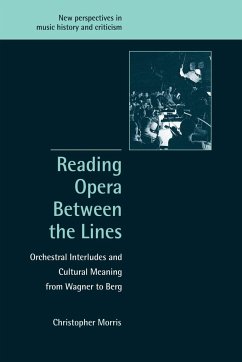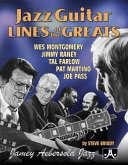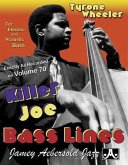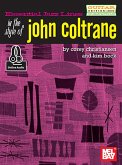A characteristic feature of Wagnerian and post-Wagnerian opera is the tendency to link scenes with numerous and often surprisingly lengthy orchestral interludes, frequently performed with the curtain closed. Often taken for granted or treated as a filler by audiences and critics, these interludes can take on very prominent roles, representing dream sequences, journeys and sexual encounters, and in some cases becoming a highlight of the opera. Christopher Morris investigates the implications of these important but strangely overlooked passages. Combining close readings of individual musical texts with an investigation of the critical discourse surrounding the operas, Morris shows how the interludes shed light not only on the representational and narrative capacities of the orchestra, but also on the supposed 'absolute' realm of instrumental music, a concept to which many critics appealed when they associated the interludes with 'purely musical' and 'symphonic' qualities.








